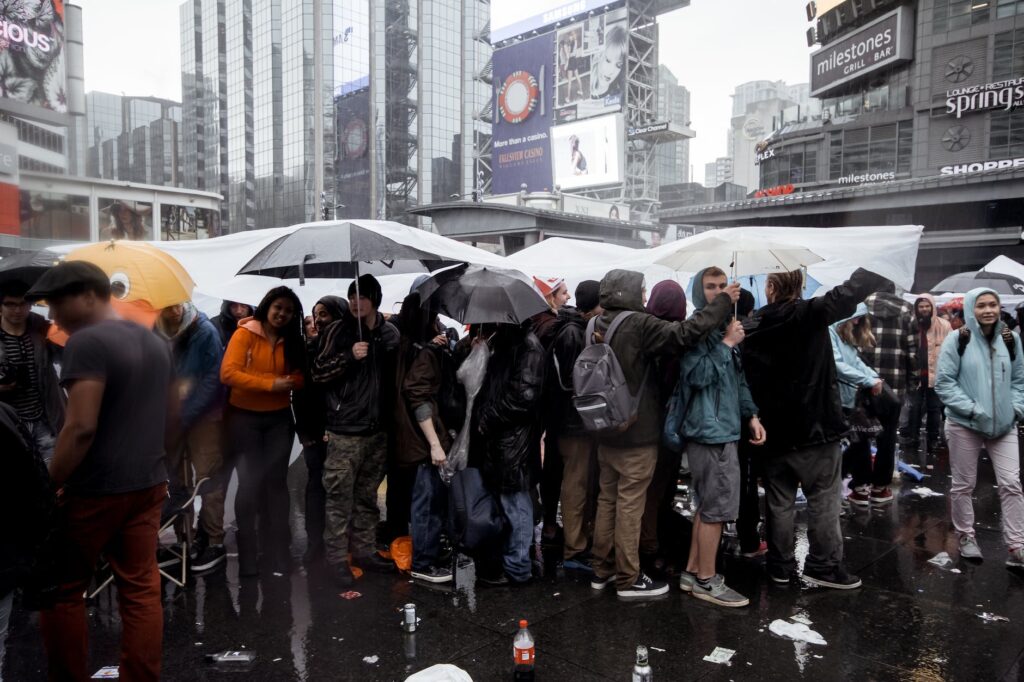
Introduction
Mass gatherings bring together large numbers of people in a shared space, posing unique challenges for medical preparedness and response. Whether it’s a music festival, sporting event, or political rally, organizers must ensure the safety and well-being of attendees by developing comprehensive medical plans. In this blog, Dr. Michael will explore strategies for effective mass gathering medical planning, focusing on key considerations, collaboration, resource allocation, and emergency response.
I. Assessing Medical Needs and Risks
A thorough assessment of medical needs and risks is the foundation of effective mass gathering medical planning. Consider factors such as crowd size, demographics, potential health hazards, and the availability of medical services. Analyze historical data from similar events, consult with medical professionals, and collaborate with local health authorities to identify potential risks and plan accordingly.
II. Collaborative Approach and Partnerships
Successful mass gathering medical planning requires collaboration and partnerships among various stakeholders. Engage with local emergency medical services, hospitals, public health agencies, and event organizers to establish clear lines of communication and coordination. Develop mutual aid agreements, outlining the roles, responsibilities, and resource-sharing protocols among the involved parties. Sharing expertise and resources strengthens the overall medical response capability.
III. Resource Allocation and Medical Infrastructure
Proper resource allocation and medical infrastructure are crucial elements of mass gathering medical planning. Assess the number of medical personnel, equipment, supplies, and facilities required based on the estimated attendance and identified risks. Ensure an adequate supply of medical kits, medications, and medical equipment to address a range of medical issues. Establish designated medical facilities, including first aid stations, medical tents, and ambulance staging areas, strategically placed throughout the event venue.
IV. Emergency Response and Communication
Developing a robust emergency response plan is essential to address medical emergencies promptly and efficiently. Establish clear protocols for medical emergencies, including communication channels, incident reporting, and activation of emergency medical services. Train medical personnel and event staff in emergency response procedures, including basic life support, triage, and evacuation. Implement a reliable communication system to facilitate seamless communication among medical teams, event organizers, and emergency services.
V. Medical Staffing and Training
Sufficient and well-trained medical staff are vital for effective mass gathering medical planning. Recruit healthcare professionals with experience in event medicine or emergency care. Ensure they receive event-specific training, including crowd management, disaster response, and unique considerations for mass gatherings. Conduct regular drills and simulations to enhance their readiness and familiarity with the event environment.
VI. Public Health Measures and Disease Surveillance
Mass gatherings provide opportunities for the spread of infectious diseases. Implement public health measures to mitigate the risk of disease transmission. Promote hand hygiene, provide hand sanitizing stations, and encourage attendees to follow respiratory etiquette. Establish disease surveillance systems to monitor and respond to potential outbreaks. Collaborate with public health agencies to implement vaccination campaigns or other preventive measures as needed.
VII. Post-Event Evaluation and Continuous Improvement
Conducting a thorough post-event evaluation is crucial for continuous improvement of mass gathering medical planning. Collect feedback from medical staff, attendees, and stakeholders to identify strengths, weaknesses, and areas for improvement. Analyze medical data, incident reports, and response times to enhance future planning and resource allocation. Regularly review and update medical plans based on lessons learned and emerging best practices.
Conclusion
Effective mass gathering medical planning requires a comprehensive and collaborative approach that considers the unique challenges of large-scale events. By assessing medical needs and risks, fostering partnerships, allocating resources appropriately, establishing emergency response protocols, training medical staff, implementing public health measures, and conducting post-event evaluations, organizers can ensure the safety and well-being of attendees. Through proactive planning and continuous improvement, mass gatherings can be enjoyed with confidence, knowing that adequate medical support is in place to address any health-related concerns.